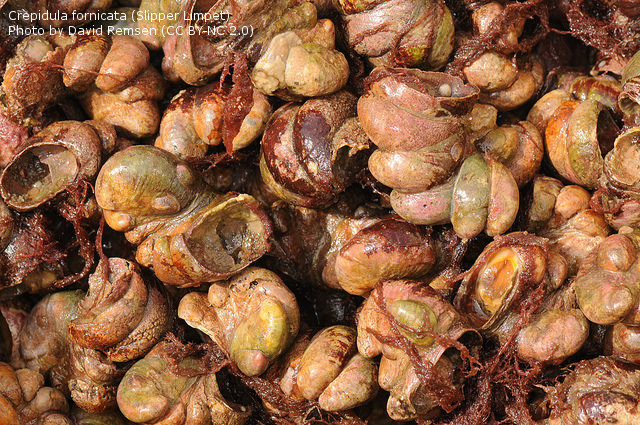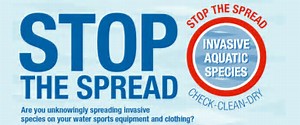
Biosecurity Planning
A specialist report on non-native invasive species (NNIS) will help us to understand the NNIS which have arrived in our estuaries and how we can prevent the situation worsening.
Invasive species are not just a problem on the land, they’re also invading our estuaries and coastal waters. Often brought inadvertently by boats, these species can cause problems for our native wildlife by competing for space, food and resources.
Natural England and the South Devon AONB have been working to produce individual ‘Biosecurity Plans’ for each estuary. The plans for each estuary are gradually being published, and can be found below. We’ll add the plans to this page so keep an eye out for he plan for your local estuary. Here’s a taster from the Yealm Biosecurity Plan…
The top five non-native species already present in the Yealm estuary are:
- Pacific oyster (Crassostrea gigas)
- Common cord grass (Spartina anglica)
- Slipper limpet (Crepidula fornicate – see photo above)
- Wireweed (Sargassum muticum)
- Orange-tipped sea squirt (Corella eumyota)
And the five most likely to arrive in the future (which we all need to watch out for!) are:
- Carpet sea squirt (Didemnum vexillum)
- Wakame (Undaria pinnatifida)
- Chinese mitten crab (Eriocheir sinensis)
- Devil’s tongue weed (Grateloupia turuturu)
- Asian shore crabs (Hemigrapsus sanguineus and H. takanoi)
Read the plans:
Yealm Biosecurity Plan
Salcombe-Kingsbridge Biosecurity Plan
Whether you’re visiting our rivers, estuaries or coastline, please follow these simple biosecurity measures to protect our wonderful native species:
Check all vessels (dinghies, trailer-sailors, jet skis, kayaks) and equipment (trailers, dive gear etc.) which can be removed from the water, especially in areas which are damp or hard to see
Clean them thoroughly, with hot water when possible
Dry completely before using again
Visit the Non-Native Species Secretariat for more information.

